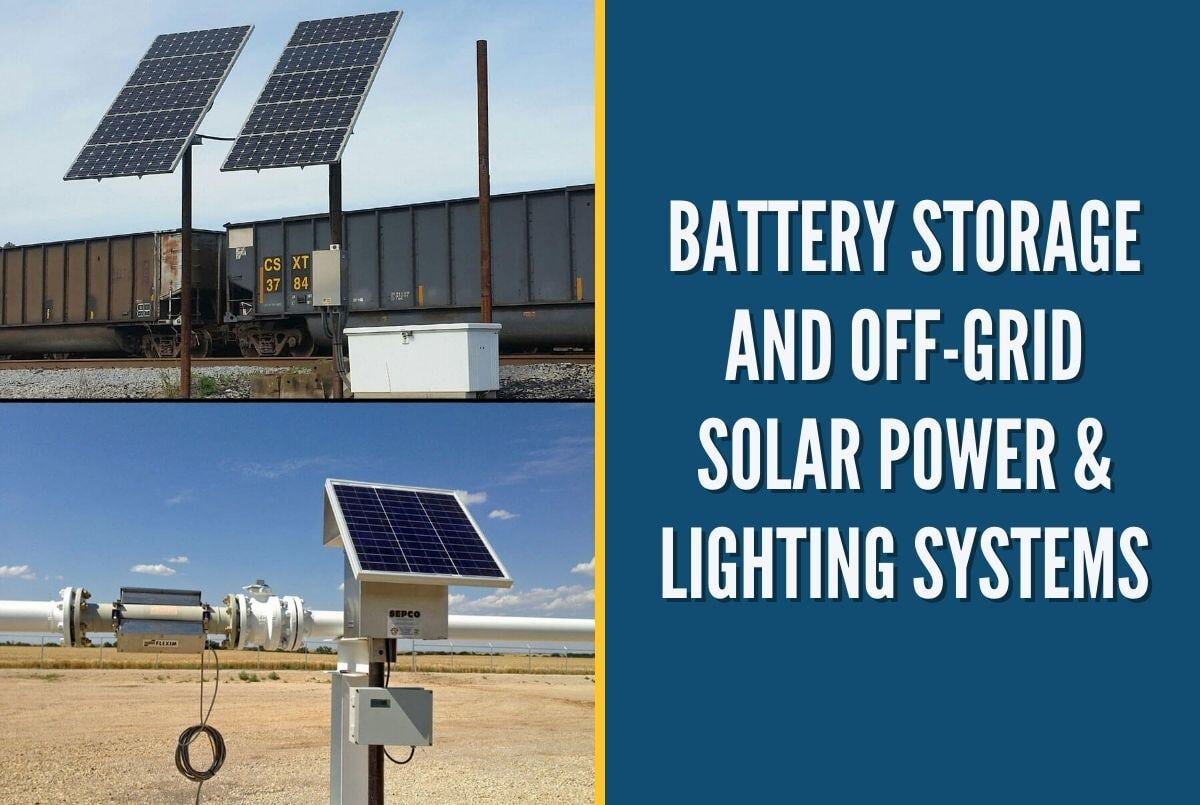One of the biggest mistakes in off-grid and backup solar systems is undersized battery storage. Many companies design systems with insufficient capacity—often less than four times the daily energy requirement—leading to power shortages and long-term damage. But the problem becomes even worse when bad weather strikes. Let’s explore why proper battery sizing is critical and how storms, clouds, and extreme temperatures can push an already weak system to failure.
Why Battery Storage Must Be Sized Correctly
A well-designed solar system doesn’t just produce energy—it stores enough to last through periods without sunlight. The general rule is that battery banks should hold at least four times the daily load. Why? Because solar panels don’t generate power at night, and on cloudy days, production can drop significantly. If the batteries are too small, they’ll drain too quickly, leaving users in the dark and forcing the system to operate in a constant state of stress.
Undersized batteries suffer from deep discharges, which degrade them faster. They also force other components—like inverters and charge controllers—to work harder, leading to premature failures. A system that barely meets daily needs won’t survive long-term without costly repairs or replacements.
How Bad Weather Exposes Weak Battery Systems
Bad weather is one of the biggest threats to solar systems with inadequate storage. Here’s how different conditions can cause problems:
1. Cloudy & Rainy Days = Reduced Solar Production
Solar panels can lose 50-90% of their output on heavily overcast days. If a system is already running on minimal battery reserves, a few days of bad weather can completely drain the batteries, cutting off power entirely.
2. Winter & Shorter Daylight Hours
There’s less sunlight in winter, meaning solar panels generate less energy. If the batteries aren’t sized to compensate for shorter days, the system will struggle to recharge fully, leading to brownouts or complete shutdowns.
3. Extreme Heat & Cold Damage Batteries
- Cold weather slows down chemical reactions in batteries, reducing their capacity.
- Heat speeds up degradation, shortening battery lifespan.
- If the system is already undersized, extreme temperatures will worsen performance.
4. Storms & Power Outages Increase Demand
During storms, grid-tied systems may switch to battery power, and off-grid systems become the sole energy source. If the batteries are too small, they’ll deplete rapidly, leaving critical devices (like lights, Wi-Fi, or medical equipment) without power when they’re needed most.
The Solution: Right-Sizing Battery Storage for Reliability
Solar systems must be built with enough battery capacity to handle multiple days of low production to avoid weather-related failures. Key steps include:
- Calculating 4x the daily load (or more in low-sunlight regions).
- Using deep-cycle batteries designed for solar storage.
- Adding a backup generator for extreme weather emergencies.
- Monitoring system health to prevent deep discharges.
An appropriately sized system keeps the lights on—no matter how long the bad weather lasts. Cutting corners on battery storage might save money upfront, but it leads to higher costs, frustration, and failures when conditions get tough.
Solar energy is only as reliable as its storage. If you’re investing in an off-grid or backup system, don’t let undersized batteries leave you in the dark—especially when storms roll in. Plan for the worst, and your system will deliver power when you need it most.
At SEPCO, every solar lighting system we design requires a minimum of 5 times the daily load. This requirement is increased to 7 to 10 times (or even more) daily load in geographic areas with very low solar insolation, like the Northeast and Northwest US. This ensures ultra-reliable year-round system performance and provides a robust, cost-effective 5 to 7-year battery life expectancy.


